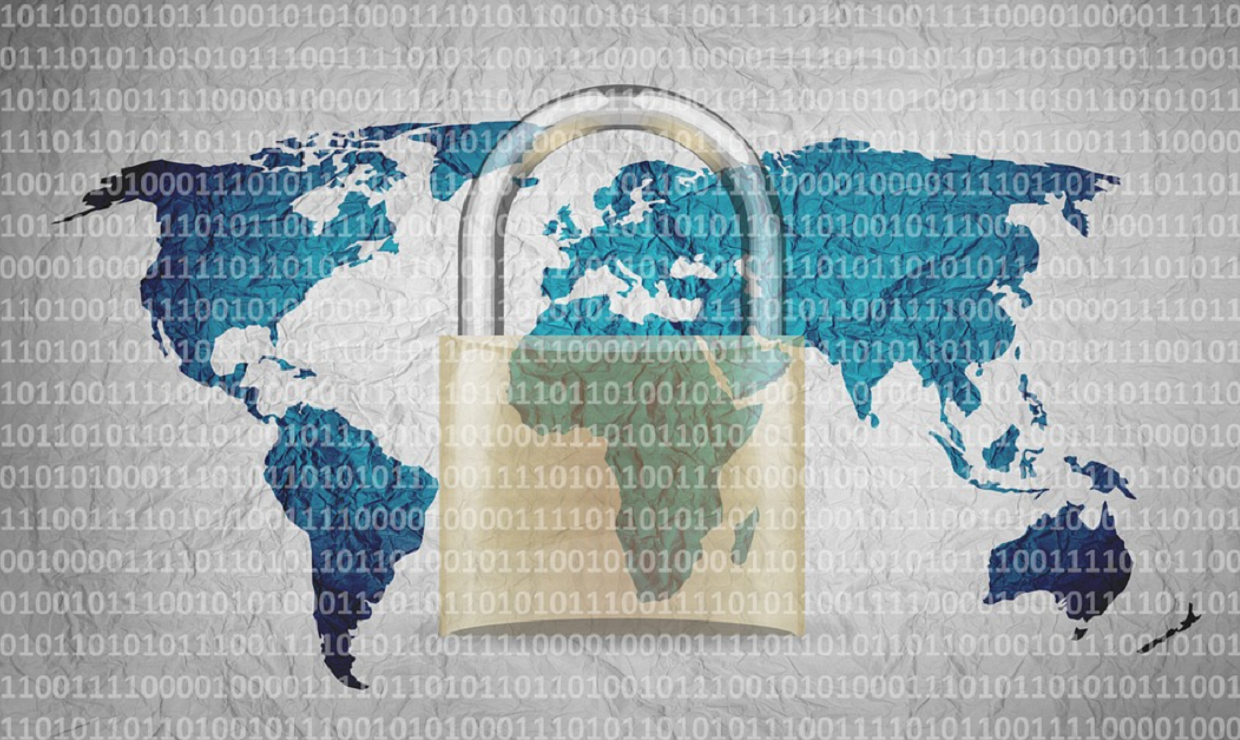Effective cybersecurity is becoming synonymous with a zero-trust architecture (ZTA), built on the idea that no one can be trusted or let into your agency’s network until they’re verified.
Implementing a ZTA, however, can be difficult if your organization is still working with older systems and applications that aren’t made for a distributed, cloud-based environment.
So, what’s the solution? One way is to use a service mesh, an infrastructure layer that connects different parts of an application or system, allowing them to communicate with one another. Taking a service mesh approach to ZTA allows zero-trust policies and practices to be applied, even to slightly outdated systems.
If you’re ready to incorporate a ZTA into your system, here are a few best practices:
- Establish Roles and Responsibilities: An essential feature of zero trust that organizations ideally should be following already is that of least privilege, which means only authorized users are given access to certain systems, and even then, are given only the minimum privileges required to perform their tasks.
- Continuous Monitoring: Cybersecurity is an ongoing process, because cyberthreats don’t sleep. Logging, monitoring and auditing are essential components of maintaining security and identifying vulnerabilities.
- Access Controls: Just as users’ passwords should be rotated every 90 days or so, security keys need to be changed with regularity. Effective key management requires that cryptographic keys have a designated lifespan.
For more tips on how to secure your agency with ZTA and service mesh, download this report.





Leave a Reply
You must be logged in to post a comment.